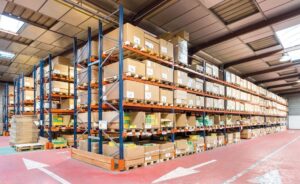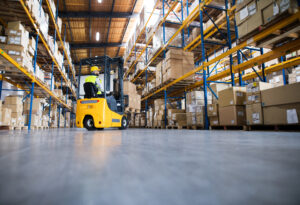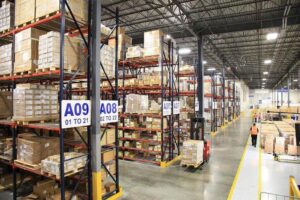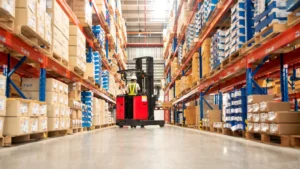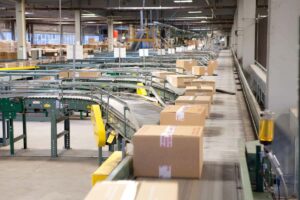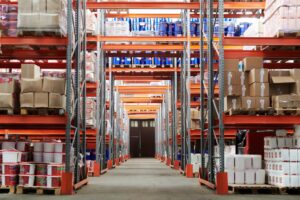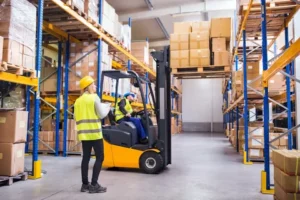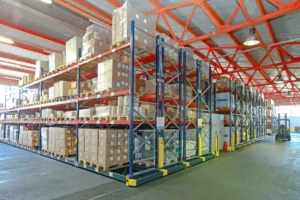
In the fast-paced world of industrial automation, efficiency and precision are paramount. The conveyor system is one integral component that plays a crucial role in streamlining material handling processes. Installing a conveyor system is not just a mere arrangement of belts and pulleys; it is a strategic move toward improving workflow, reducing manual labor, and increasing overall productivity. This blog will delve into the critical aspects of conveyor system installation, shedding light on the importance, considerations, and best practices.
The Essence of Conveyor System Installation
The heart of any manufacturing or distribution facility lies in its ability to move materials seamlessly from one point to another. Secondly, conveyor systems act as the arteries of these operations, ensuring a smooth and continuous flow of goods. As industries practice automation to stay competitive, installing an efficient conveyor system becomes a cornerstone of success. Besides this, the process involves a meticulous approach, considering various factors to ensure optimal performance and longevity.
Top Considerations for Conveyor System Installation
Site Assessment and Layout Planning
The first step in conveyor installation is a comprehensive site assessment. Understanding the facility’s layout, the nature of materials to be transported, and the workflow dynamics is critical. This evaluation helps determine the most suitable type of conveyor system, its configuration, and the optimal placement within the facility. Further, a well-thought-out layout minimizes bottlenecks, maximizes efficiency, and facilitates future expansions or modifications.
Selection of the Right Conveyor Type
Conveyor systems come in various types, each designed for specific applications. From belt conveyors for bulk materials to roller conveyors for carton handling, the choice of the right conveyor type is pivotal. Factors such as product characteristics, weight, size, and throughput requirements are crucial in this decision-making process. Additionally, considering the environmental conditions and the level of automation required further refines the selection process.
Integration with Existing Equipment
For many facilities, conveyor system installation involves integrating new systems with existing equipment. This requires a thorough understanding of the compatibility between different components. The seamless coordination of conveyors with other machinery, such as packaging equipment or robotic systems, is essential for a smooth workflow. Integrating new conveyors with existing infrastructure increases efficiency and improves the overall investment.
Electrical and Controls Integration
Modern conveyor systems have sophisticated control systems that ensure precise material handling. The installation process involves integrating these electrical and control systems seamlessly. This includes wiring, programming, and testing to guarantee smooth operation. Moreover, attention to detail in this phase is crucial for preventing downtime and ensuring that the conveyor system functions as an integrated part of the larger automation ecosystem.
Best Practices for Conveyor Installation
Professional Installation Teams
The complexity of conveyor installation necessitates the involvement of experienced professionals. Engaging a specialized installation team with expertise in conveyor systems ensures a smooth and efficient setup. These professionals are well-versed in the intricacies of the equipment, follow safety protocols strictly, and possess the skills to troubleshoot any issues that may arise during installation.
Thorough Training for Operators
Once the conveyor system is installed, comprehensive training for operators is imperative. Understanding the system’s functionalities, maintenance procedures, and emergency protocols is crucial for safe and efficient operation. Well-trained operators contribute to the longevity of the conveyor system and minimize the risk of downtime due to human error.
Conclusion
In conclusion, conveyor system installation is not merely a mechanical process; it is a strategic investment in the efficiency and productivity of industrial operations. Secondly, careful consideration of site layout, the selection of the right conveyor type, integration with existing equipment, and attention to electrical and control systems are the pillars of the successful installation of a conveyor system. Implementing best practices, such as engaging professional installation teams and providing thorough operator training, ensures the conveyor system becomes a reliable and essential component of the industrial ecosystem. Get in touch with us or visit our website to get your conveyor installed at the best prices today.


